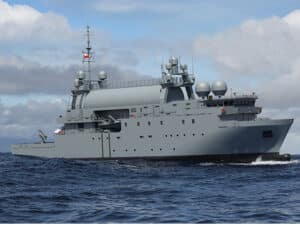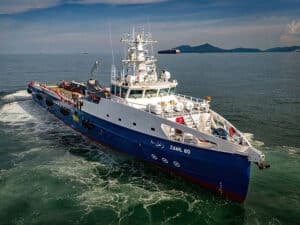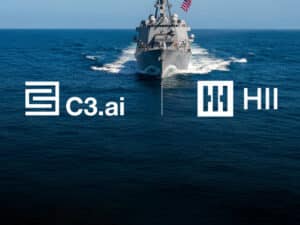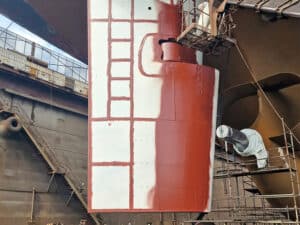
New CryoVac LH2 containment solution wins DNV AiP
Written by Nick Blenkey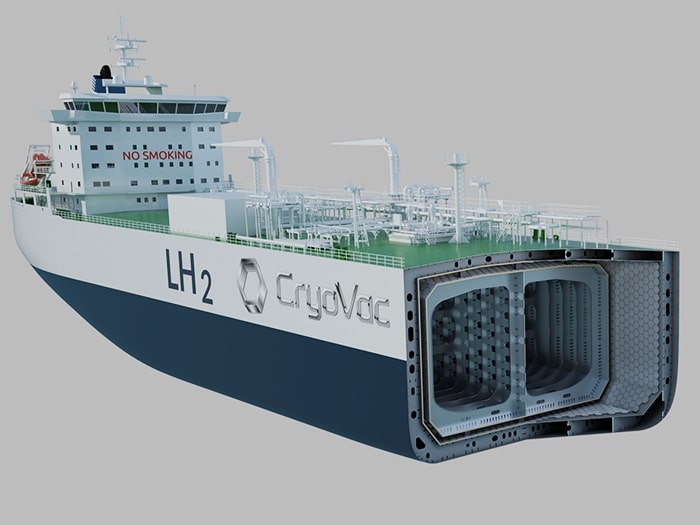
Image: Cryovac
Vikersund, Norway-headquartered CryoVac has developed a new vacuum insulation system for liquid hydrogen (LH2) hydrogen tanks that promises to solve many of the challenges associated with the shipping of LH2 by sea.
CryoVac’s solution, which has now gained an Approval in Principle from DNV, is based on cryogenic hydrogen storage, which involves cooling hydrogen to extremely low temperatures (around −253°C).
One significant challenge is to maintain this temperature. Another is that transporting liquid hydrogen at such low temperature can lead to embrittlement of steel, which in turn can result in loss of tensile strength, flexibility and fracture toughness.
To solve these problems, CryoVac has developed the world’s first LH2 containment design to use prismatic tanks for the transportation of liquid hydrogen by sea, with its proprietary CryoPan hexagonal vacuum insulation panel playing a key role. The CryoVac solution comprises an externally insulated IMO Type B-inspired self-supporting prismatic tank positioned in an inert and insulated hold. CryoPan vacuum insulation panels are then welded together and applied to both the tank and the hold surfaces.
“Our hexagonal vacuum panels are welded together into continuous surfaces and configured to form a hybrid insulation system allowing simple prismatic tanks to be applied for LH2 carriage,” says CryoVac CEO Aage Bjørn Andersen. “This provides efficient insulation with very low boil-off rate, without challenging the integrity of the steel.”
The DNV AiP for CryoVac’s vacuum insulation system for LH2 means that the system has been assessed by DNV and found to comply with the current rules of the class society and applicable statutory regulations. Additionally, it confirms that the design is feasible and that no significant obstacles exist to prevent it from being realized.
“It is exciting to see solutions such as the one developed by CryoVac, which provides an innovative approach to storing and transporting liquid,” said Trond Berntzen, head of department, gas technology, piping & safety at DNV Maritime. “As a knowledge organization, there is nothing better than collaborating on such innovative development projects and helping to ensure these solutions can be safely implemented and applied.”
The CryoVac containment system is developed for optimal volume utilization and with a modular versatility that allows it to be used for ships with a range of cargo capacities based on a core tank/ hold arrangement.
CryoVac says that its next step will be to develop a 45,000 cubic meter, long-haul LH2 carrier design with three cargo holds each holding a 15,000 cubic meter tank. To achieve this, CryoVac will continue to collaborate with DNV into the General Approval for Ship Application (GASA) stage .
The intention is that the vessel will both transport liquid hydrogen and run on hydrogen, enabling zero-emission shipping.
“There is a lot of interest worldwide for a safe and cost-efficient solution for shipping of liquid hydrogen,” says Andersen. “This is the technology gap we are aiming to fill. We will going forward be entering into dialogue with shipowners and hydrogen producers that share the ambition of realizing a global supply chain for liquid hydrogen.”

